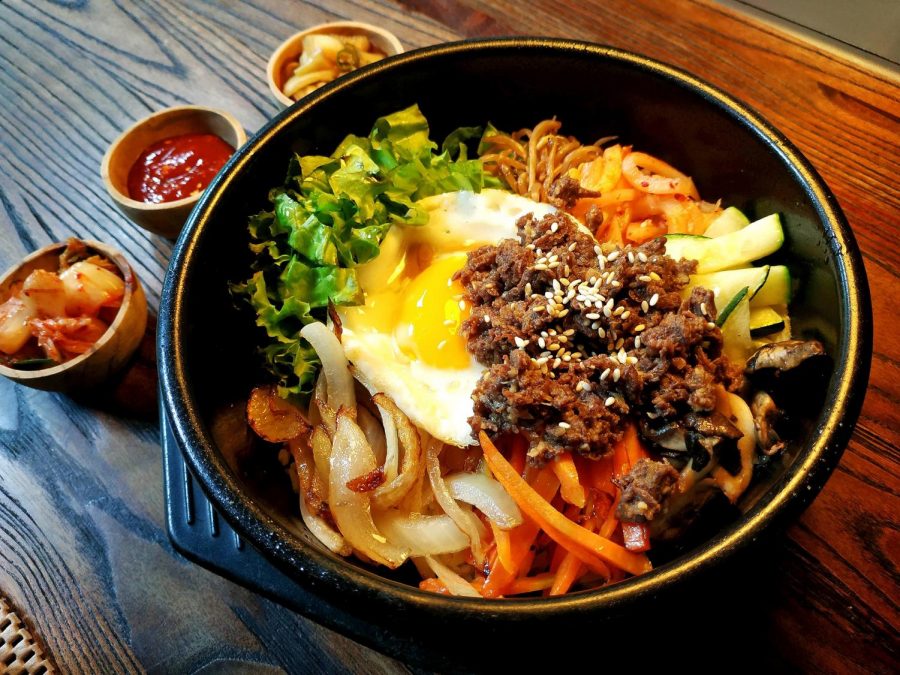I Scream, You Scream, We All Scream for…Asian Food?!
The new and wildly popular Korean show Squid Game has triggered another rise in popularity of Asian food featured on the TV series.
Among these foods, is the iconic dalgona candy, which is where the name of the Tik-Tok trending dalgona coffee came from just last year. This repeat of history also took place when Parasite, an Oscar winning Korean film, popularized Jjapaguri, which is a combination of Jjapaghetti and Neoguri noodles, along with pieces of steak.
The Asian food fad has been around for quite some time, with new items and foods popping up here and there, prompting new interest in Asian cuisine. This provided the opportunity for many new, often trendy, restaurants to open their doors in the West, especially in places like the Bay Area which is home to a large Asian population. Interest in Asian supermarkets and grocery apps have also been a surprising find, as new individuals are visiting and ordering from such places for the first time.
Asian films alone are not the only cause for the surge in popularity for Asian cuisine. The food culture and trends have also been a contributing factor. For example, mukbangs, or eating shows, originating from Korea have become a category in of itself, where individuals record themselves eating. Reality shows that feature celebrities often showcase them enjoying Asian foods, which sparks the audience’s interest. More and more cooking videos of Asian foods are being posted on platforms such as YouTube, Instagram, and Tik-Tok, which reaches a wider audience and introduces Asian food in an appealing way.
Like Japanese food from anime, or Korean food from K-pop, many different cuisines or even specific foods have become increasingly popular, due to social influences. However, a variety of different Asian foods also contain completely different flavors and spices from those that Western individuals are typically exposed to, which can present them to new ingredients and flavors. And as this continues, more food gets more popular, more restaurants and stores carrying Asian products open, and more people grow to enjoy previously unpopular foods.
While it cannot be said that Asian food is only popular now, society may have had drastically different views some years ago. Many Asian children in America faced teasing or ridicule due to the Asian lunches they brought to school, the same food that is treated so highly as a trending and delicious meal now. When Asian hate was at its peak during quarantine due to COVID-19, a popular phrase among Asian people was “love our people like you love our food.” Therefore, it is unclear if some Asian foods are loved for their taste, or for their trending popularity. However, regardless of the origin of these distinct trending Asian foods, it still remains that the rising popularity has had a positive impact on many Asian restaurants and stores, as well as offering new opportunities for those with interest in Asian cuisine.






